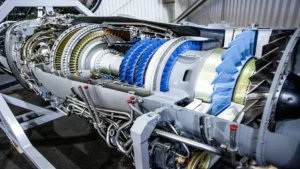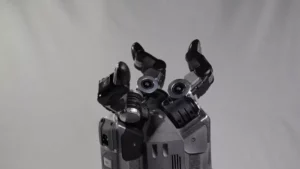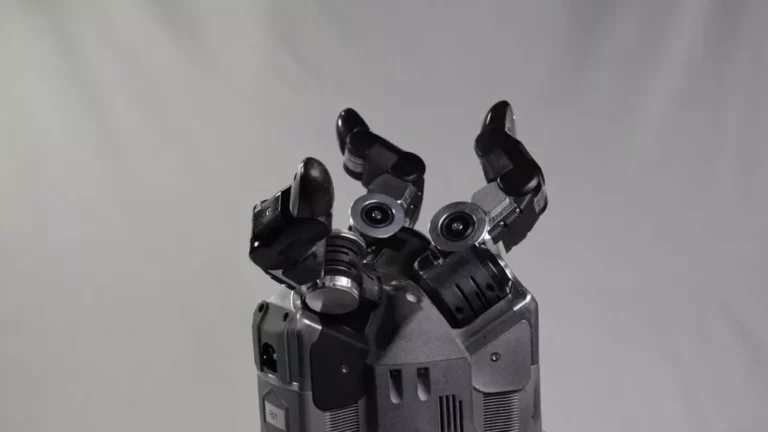For more than a decade, the Bionic Learning Network has been dedicated to the study of flight. With the launch of BionicBee , the Network has managed to create robot bees capable of flying autonomously in large groups like a swarm. This innovative drone was officially presented at its first air show during the Hannover Messe 2024.
BionicBee Features and Design
Weighing just 34 grams, with a length of 220 millimeters and a wingspan of 240 millimeters, the BionicBee is positioned as the smallest flying device ever designed by the Bionic Learning Network.
Although each one is assembled manually and small variations in manufacturing can affect its flight behavior, an automatic calibration function is incorporated.
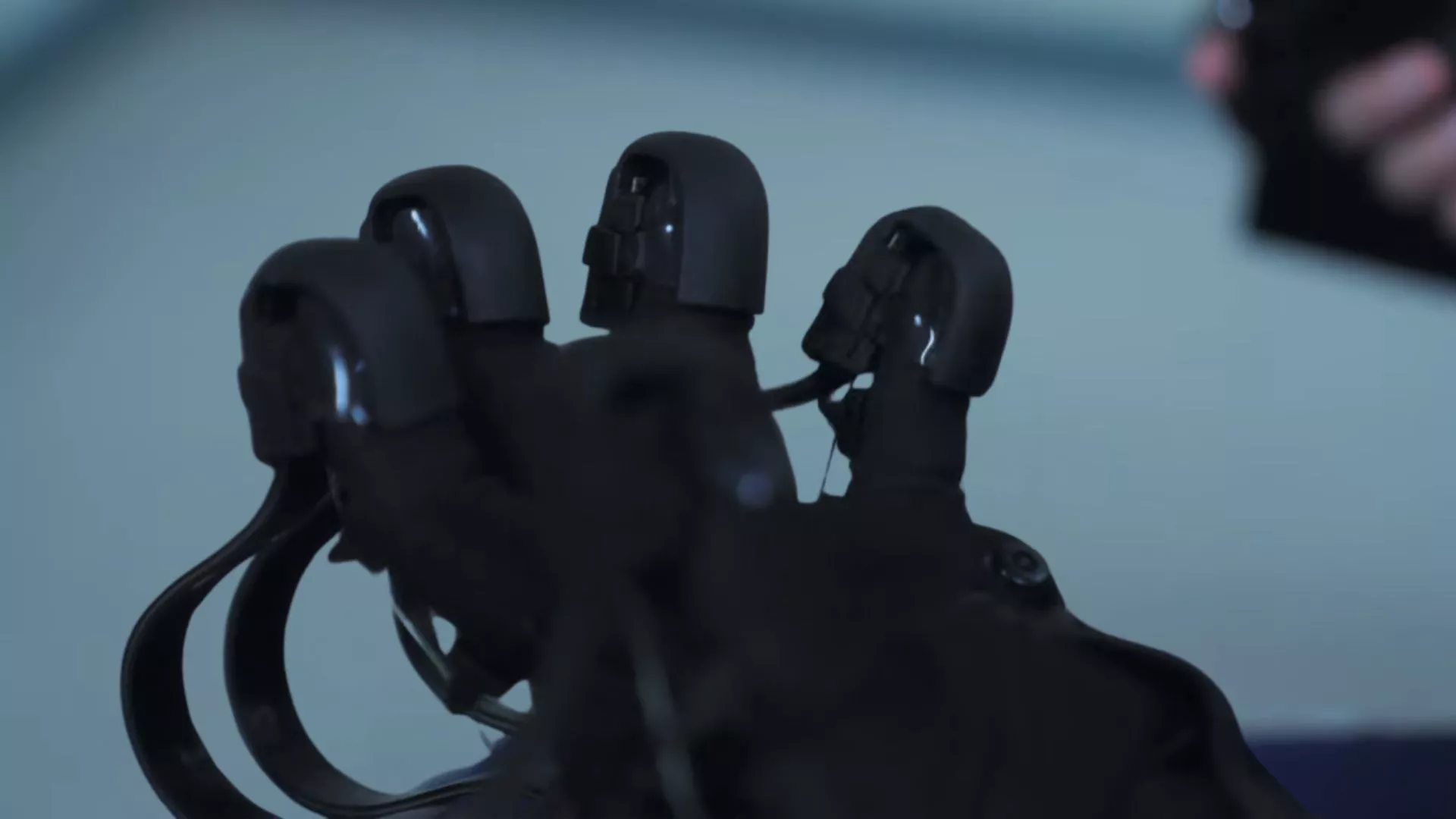

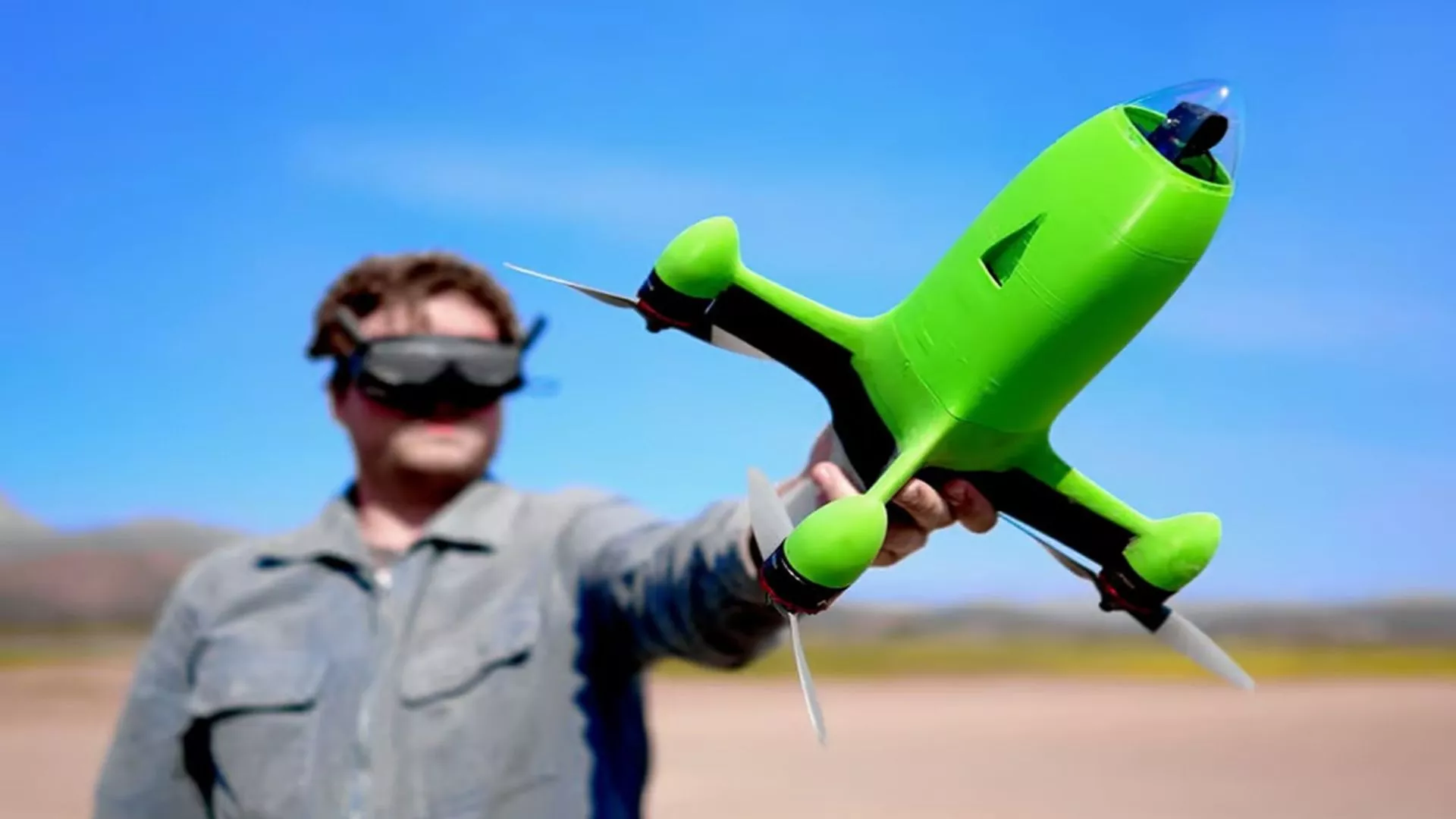


This is the first time that generative design has been implemented, where, after introducing minimum parameters, specialized software applies established design principles to optimize the structure, using the least amount of material possible and ensuring maximum stability. This structure, in addition to being light, is crucial to achieve superior maneuverability and extend flight time.
Watch this video from the Festo company, what the design and manufacturing process of the BionicBee was like.

Each robotic bee weighs 34 grams. Source: Festo.
Robot bees that fly autonomously
Autonomous swarm mode flight of the BionicBees is facilitated by an indoor localization system using ultra-wideband (UWB) technology. Eight UWB anchors are placed at two different levels, allowing precise time measurements that help the bees determine their spatial position.
The bees, through these signals, are able to measure distances to the anchors and calculate their position using time marks . To fly in formation, the bees follow routes determined by a central computer, which ensures a flight in a closed, collision-free formation, even considering interactions such as air turbulence caused by the other bees.
After an initial test flight, each bee adjusts its control parameters to optimize its performance. This advanced algorithm compensates for hardware differences, ensuring that external swarm control works as if all robot bees were exactly the same.
Without a doubt, BionicBees represent a technological advance and offer potential ecological applications. Their ability to fly in swarms could be used, for example, to artificially pollinate crops, thus contributing to environmental sustainability.
Follow us on social networks and don’t miss any of our publications!
Inspenet.com YouTube LinkedIn Facebook Instagram X
Source and photo: Festo







